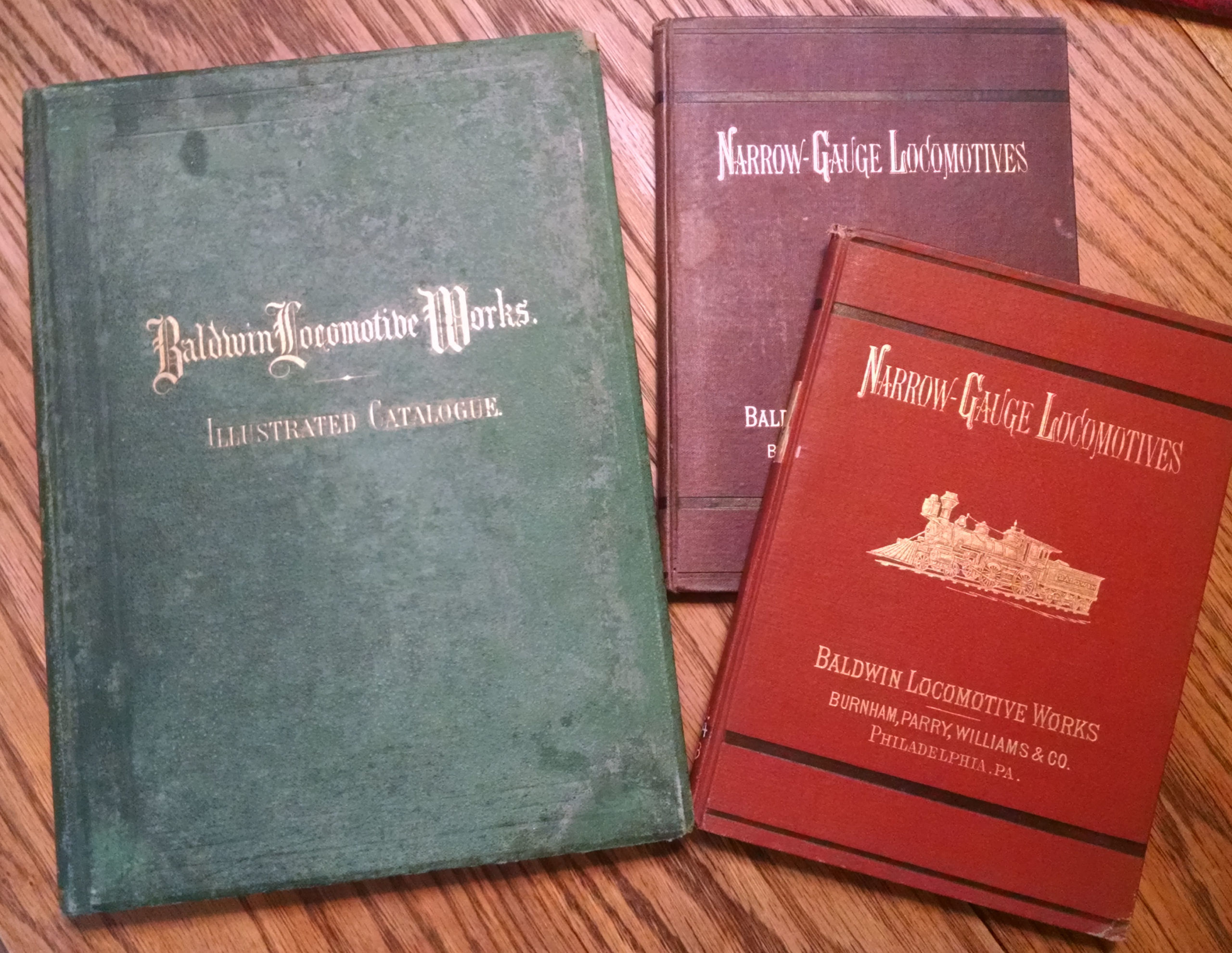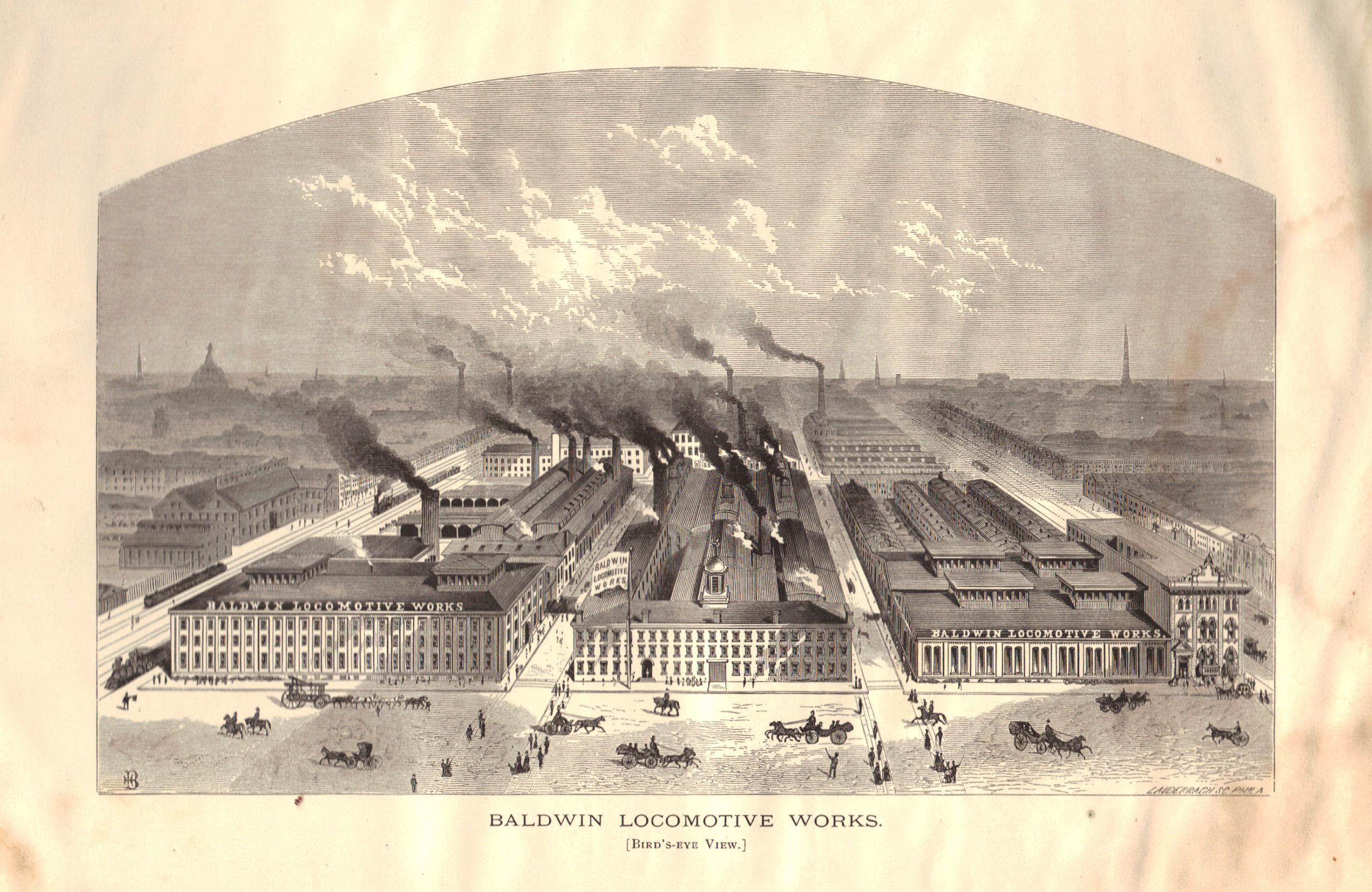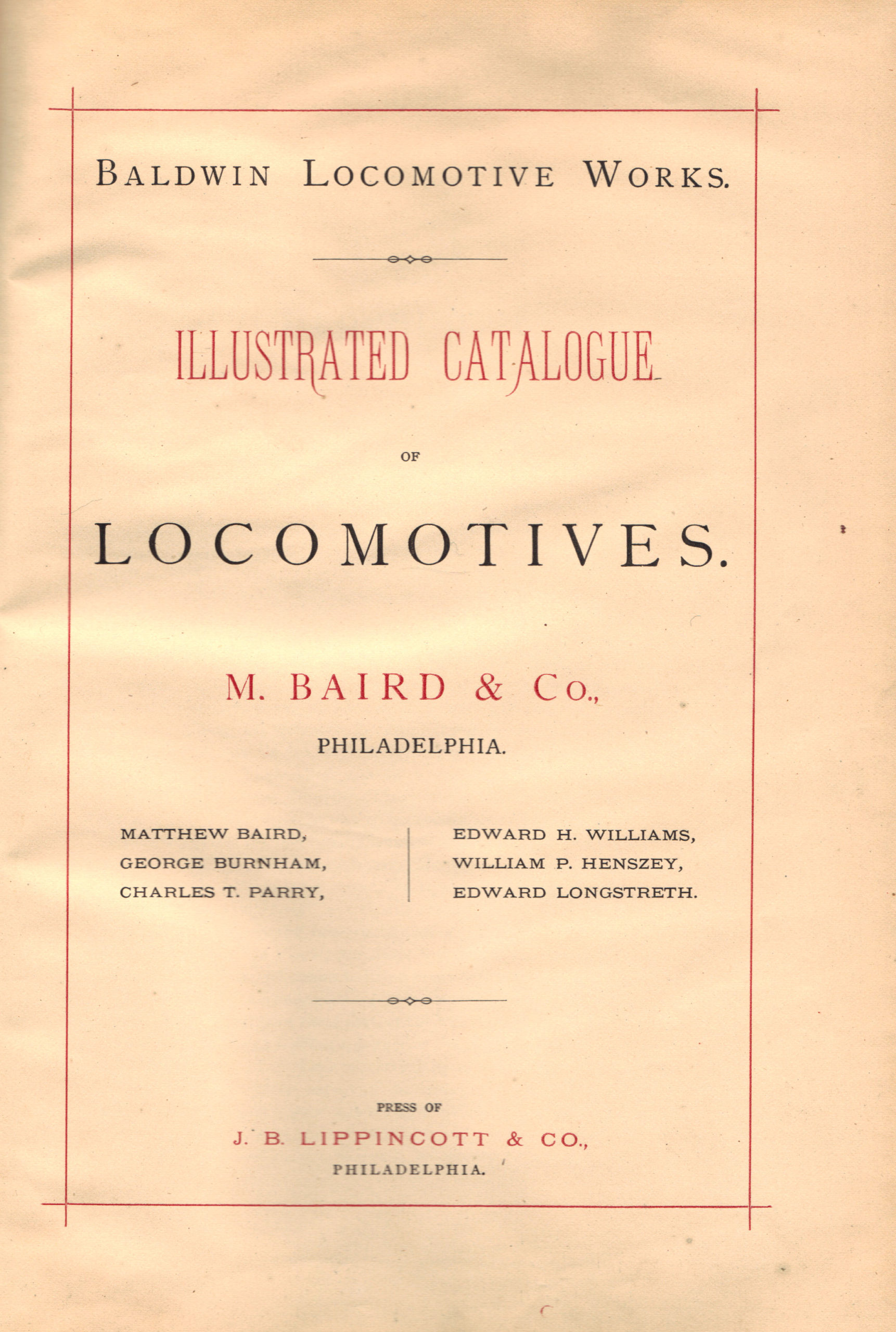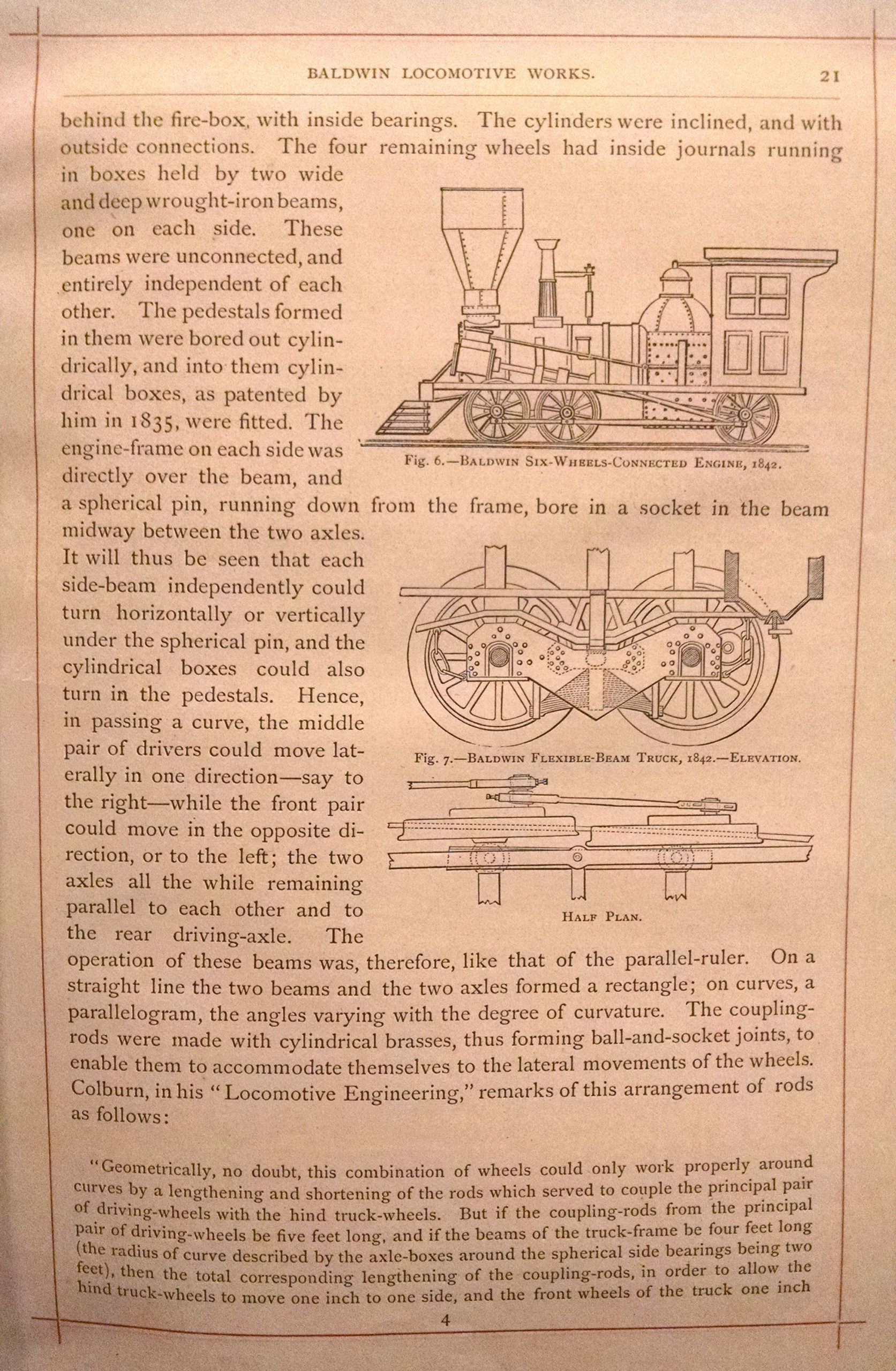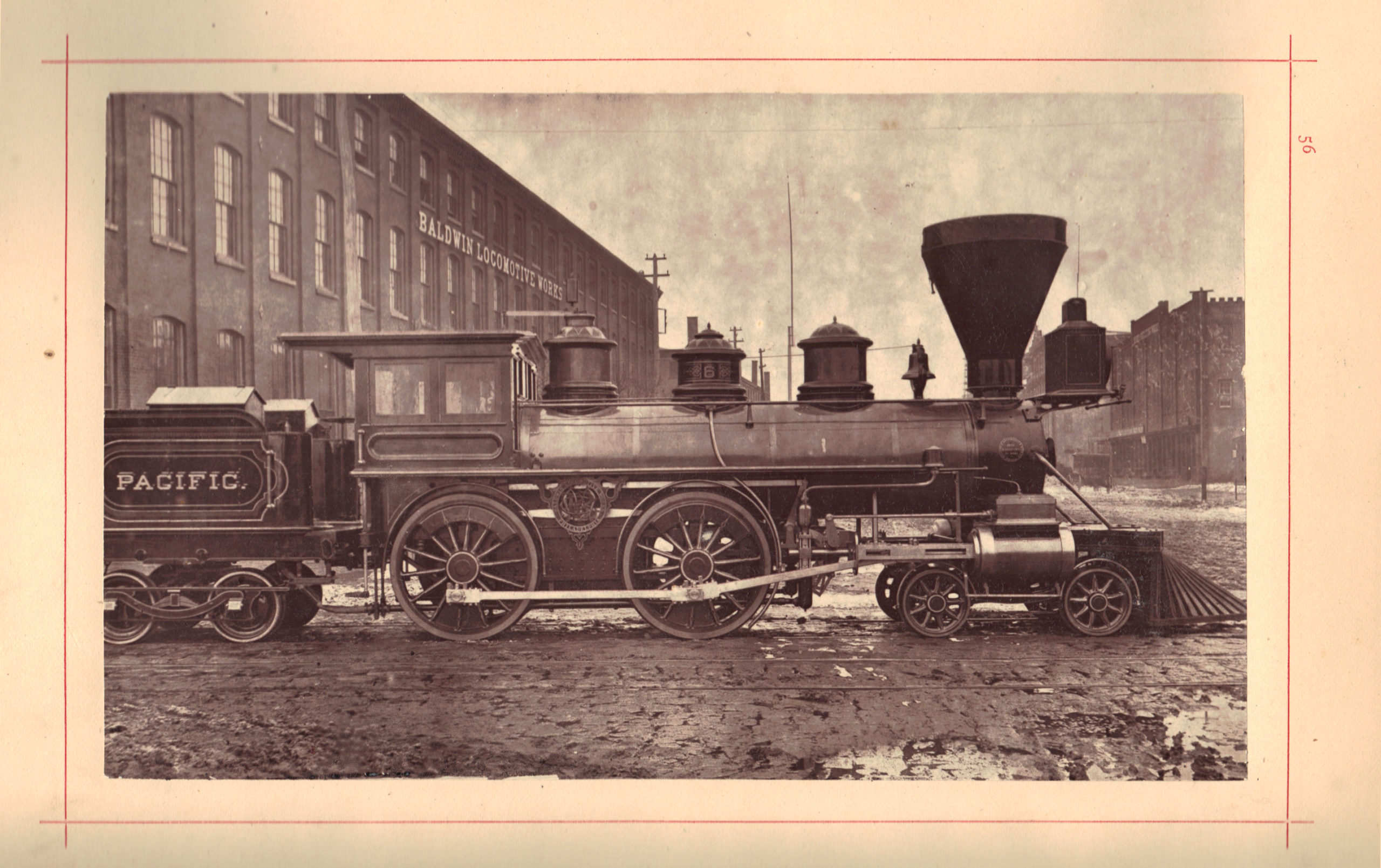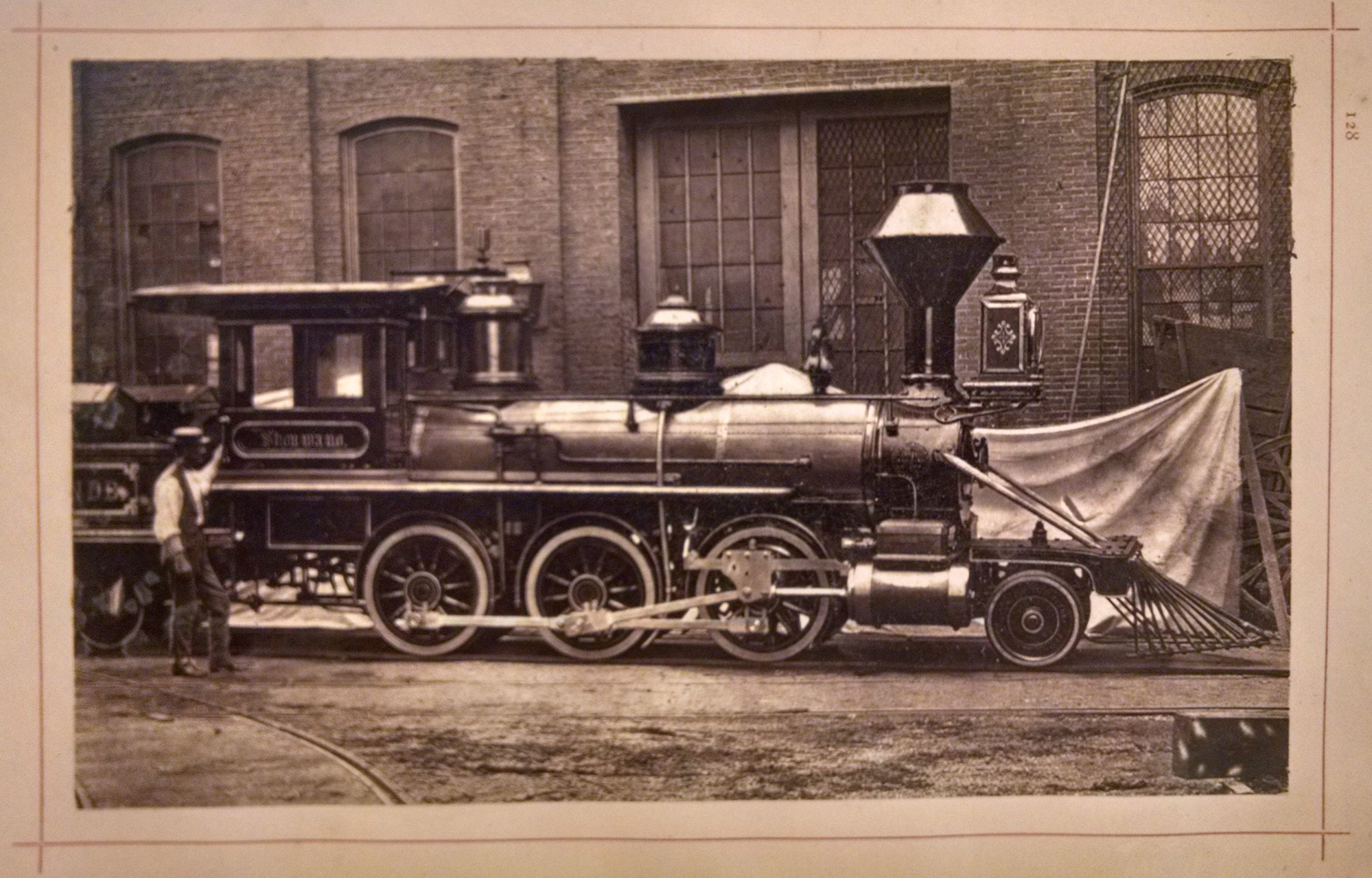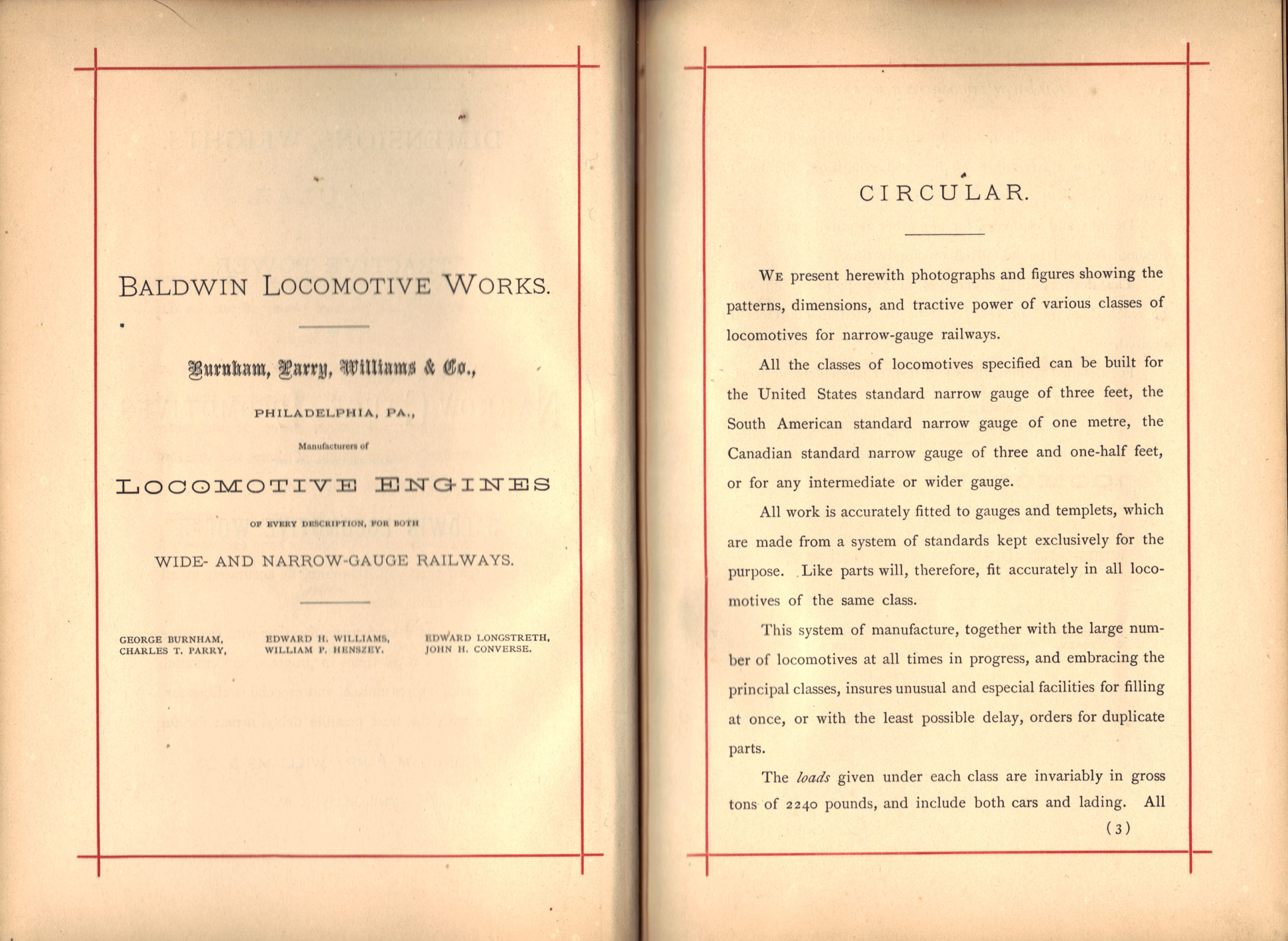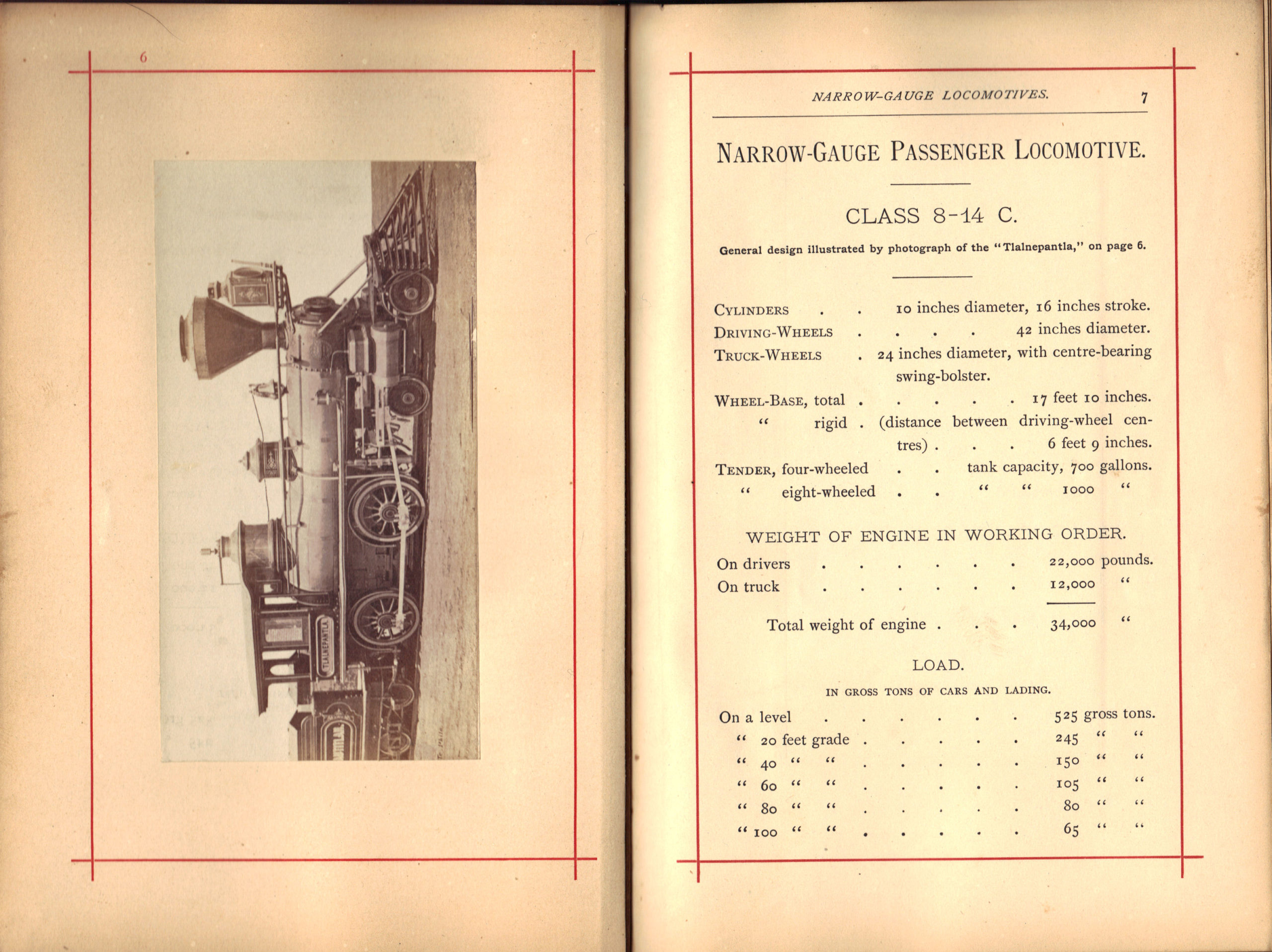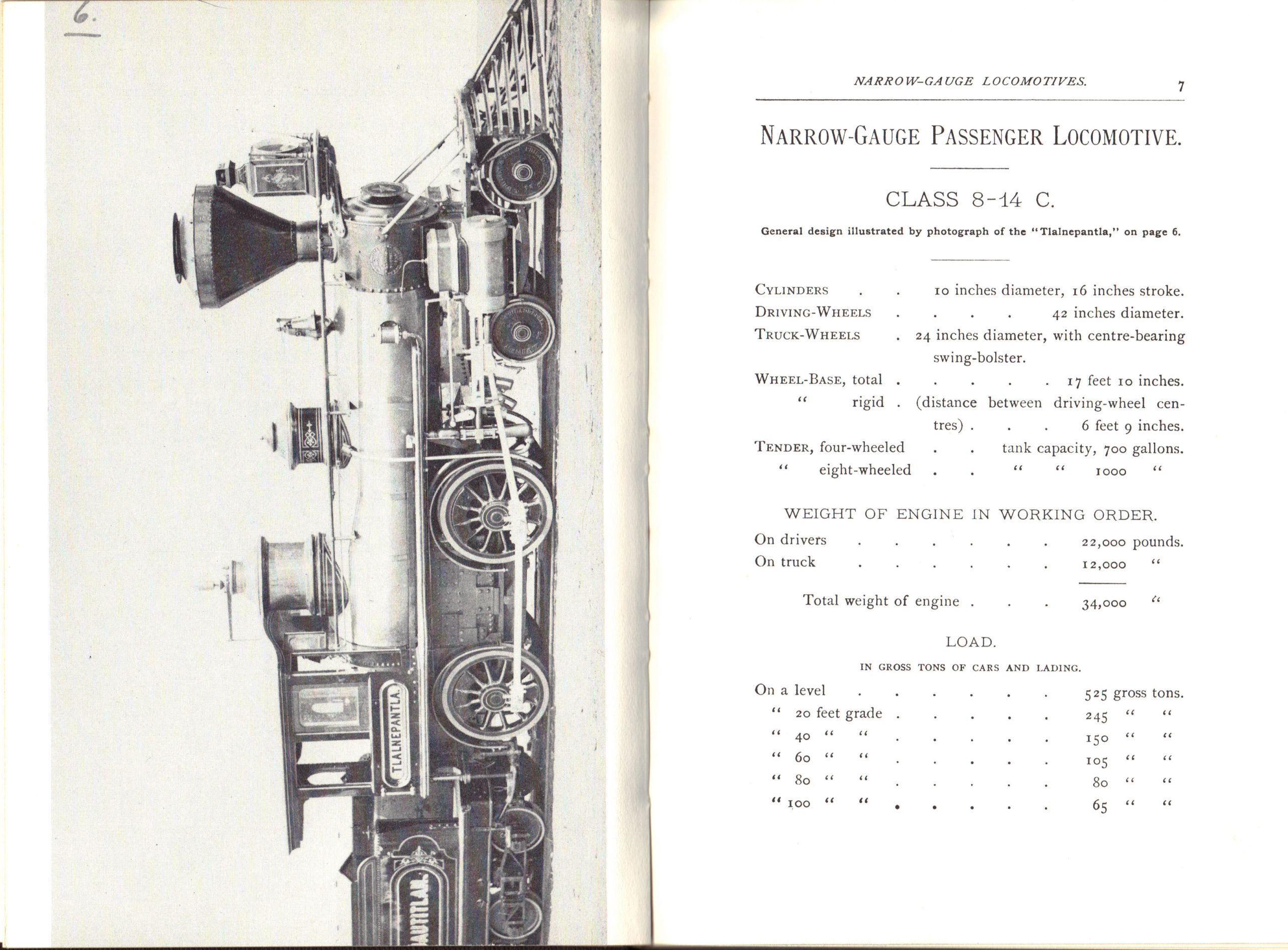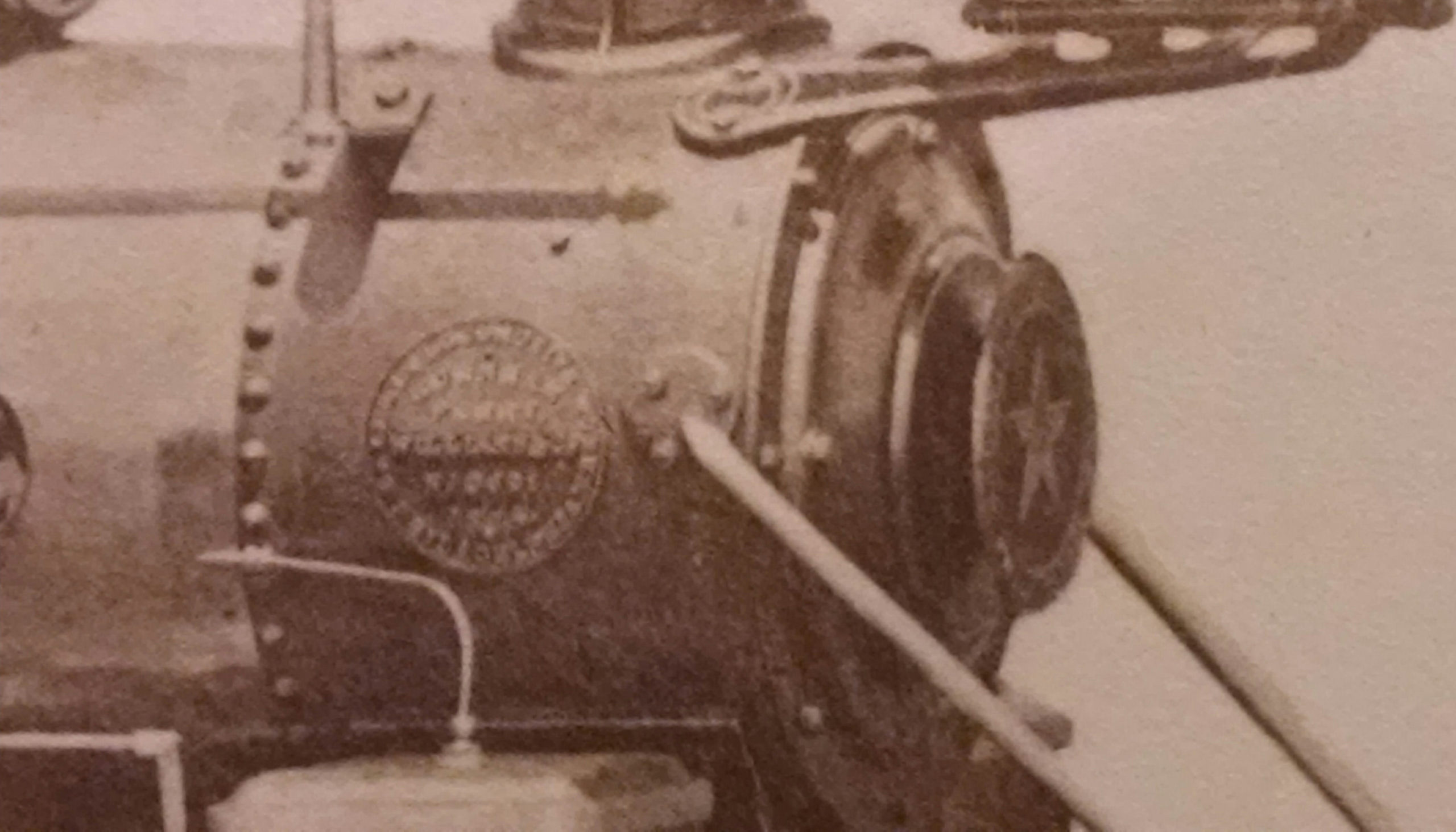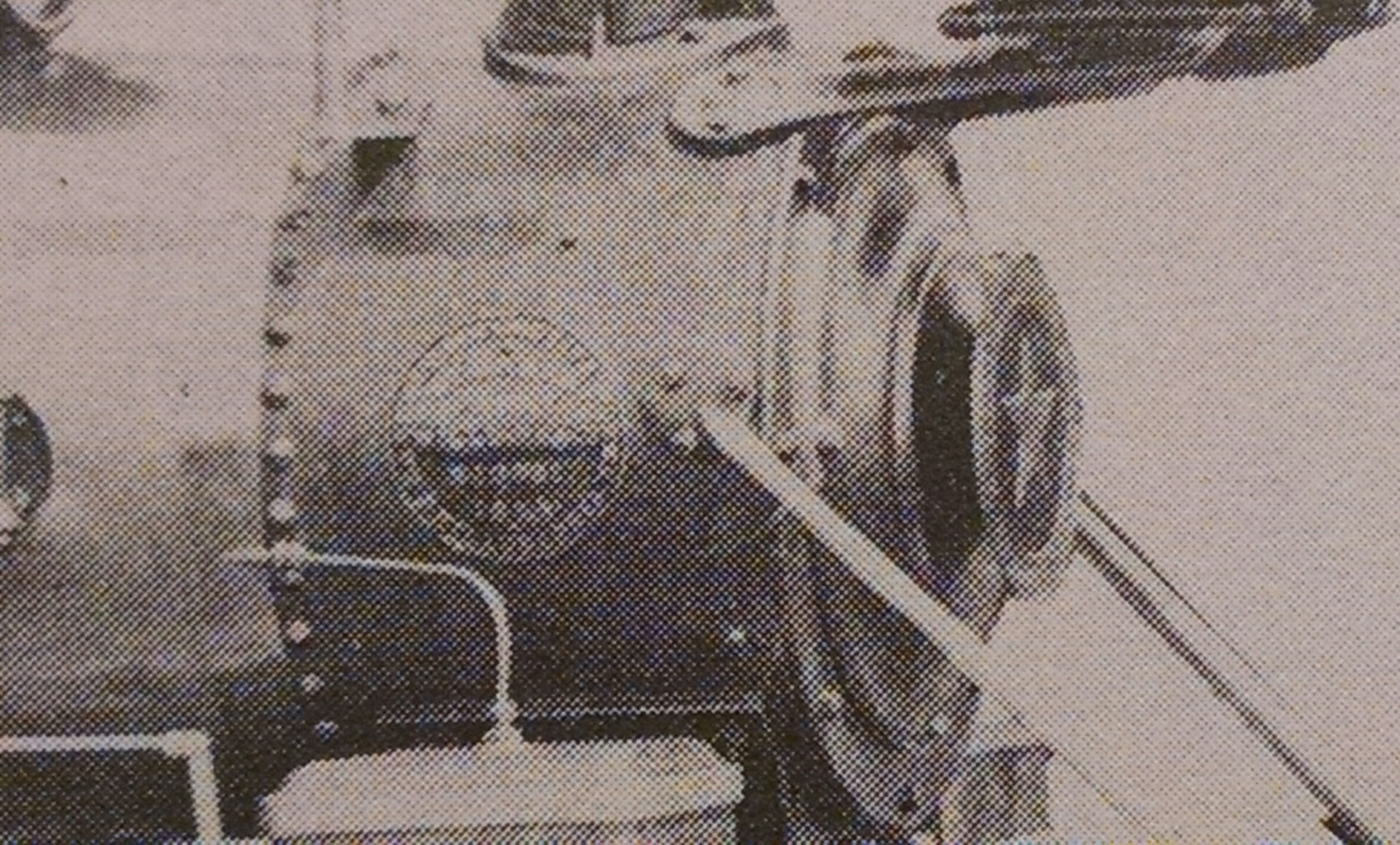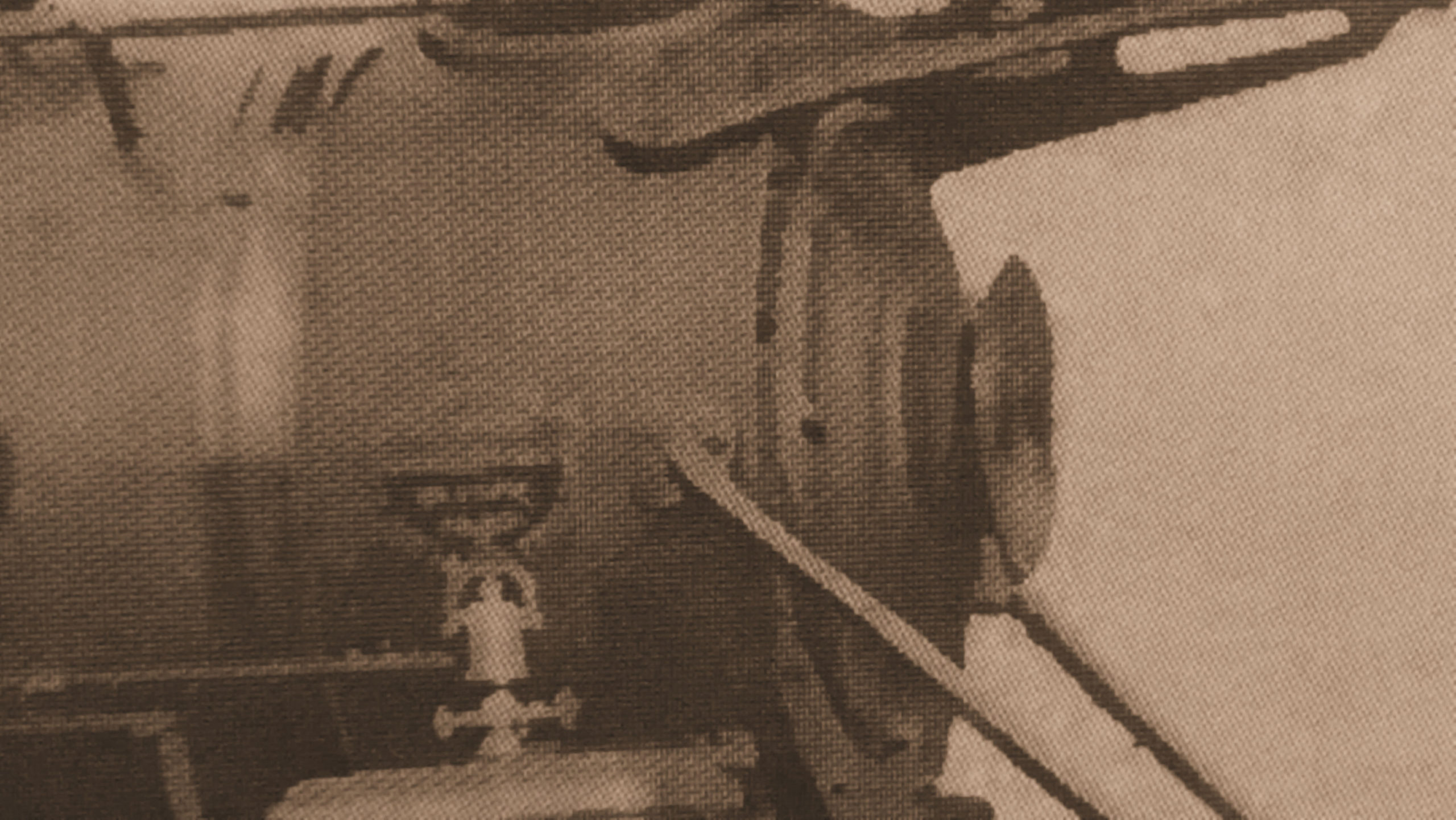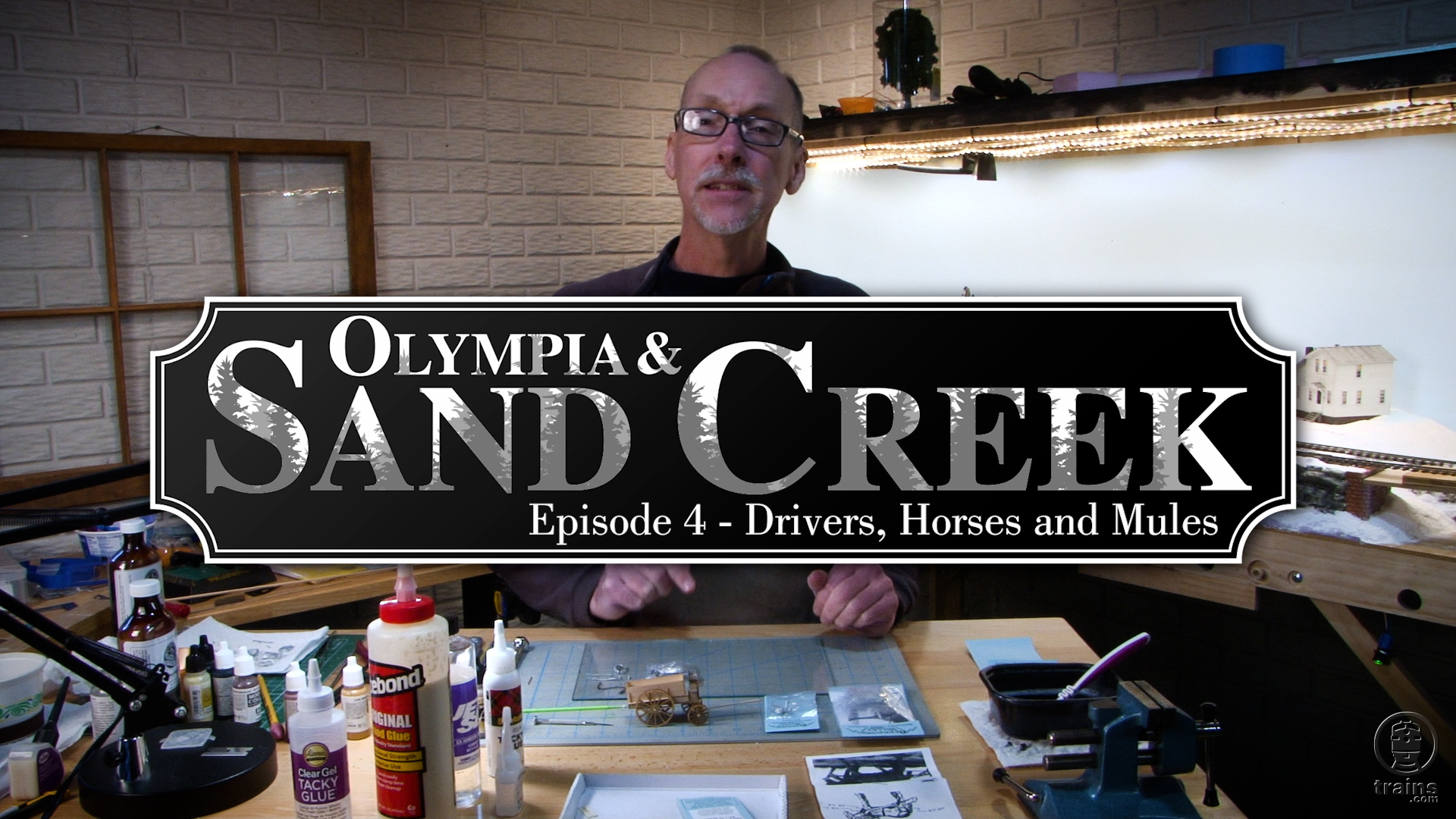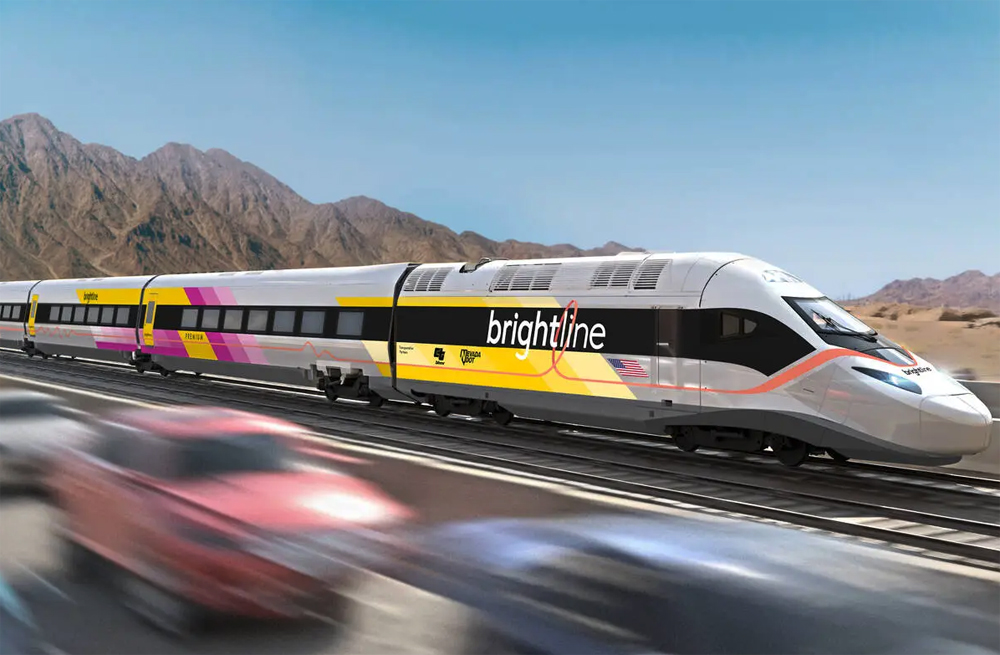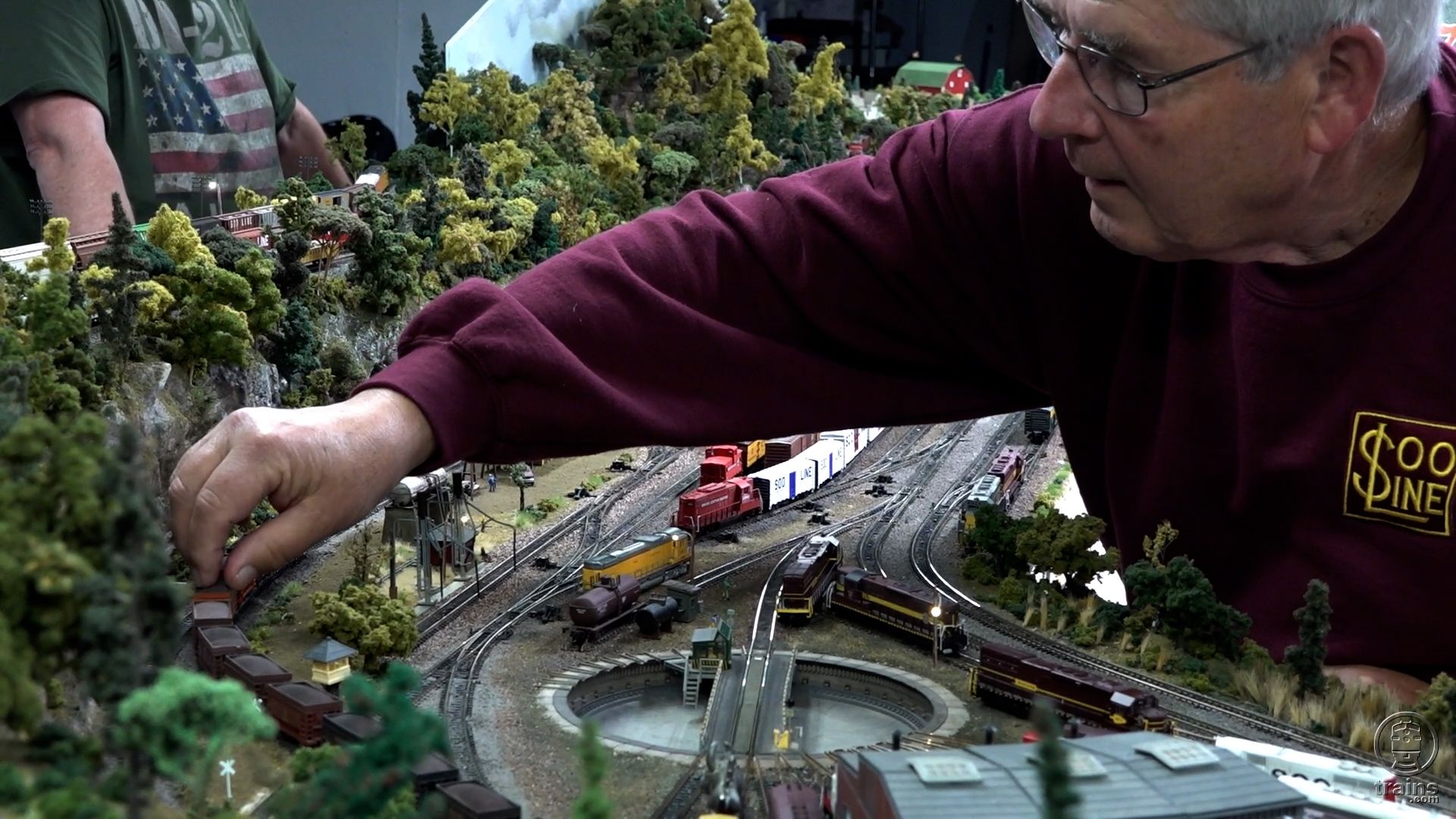Here are some additional interesting details from three early Baldwin catalogues in my collection, plus some more info about the facsimile I made of the rare and elusive 1885 Illustrated Catalogue of Narrow-Gauge Locomotives.
Note: Click on any of the images to enlarge.
The frontispiece of the 1871 general catalogue features a large engraved aerial view of the Baldwin Locomotive Works in Philadelphia. Founded in 1831, Baldwin was a major industrial power 40 years later. It went on to become the largest company in the world by the early 1900s, then began a slow decline after the World War – along with the railroads in general.
The first 44 pages of this and following full-sized catalogues contained a history of the company and its engineering innovations. (The smaller-format specialty catalogues omitted the history.) As time passed, this section got bigger and bigger until the 1899 narrow gauge catalogue had almost 120 pages of prefatory material. This material was finally printed as a separate book, “The History of the Baldwin Locomotive Works 1831-19xx” (it was updated many times until the final edition in 1923).
This may have been the photo that made someone sit up in the middle of the night and say “Those photos look terrible! Why don’t we erase all that junk in the background and make the locomotive the focal point?” This is one of two narrow gauge locomotives shown in the general catalogue – they were the first narrow gauge engines built in the United States. There are only two photos in all of the Baldwin catalogues that show a worker standing beside or sitting in a locomotive, and both are narrow gauge engines. I speculate that these were to show the diminutive size of the locos, compared to the ever-growing standard gauge machines.
By the next year, 1872, the “narrow gauge fever” had struck and Baldwin issued a complete catalogue focused on the new technology. It was a smaller format – 5 ½” x 8 ½” – than the general catalogues, which were 8” x 11”, but still hardbound in embossed linen covers with gold-leaf lettering. There were several narrow gauge catalogues that followed in 1877, 1885, 1897 and 1899. By 1897, the book had swelled to 450 pages (but had half-tone printed photos)!
The 1872 narrow gauge catalogue was a miniature of the larger general catalogue, with red page borders and pasted-in real photographs of the locomotives.
Here’s a close-up of the smokebox of the locomotive on page 7. Within the limitations of digital conversion, you should be able to see a clear difference between the two. A good bit of detail has been lost in conversion to half-tone.
This is a close-up of a similar locomotive from the facsimile 1885 narrow gauge catalogue I made with Lulu.com. (See my Staff Corner column in the February 2016 Garden Railways.) It’s not as detailed and sharp as the original photograph, but it’s still at least as good as the half-tone reproduction catalogue.
Want to make a really stunning facsimile of the 1885 catalogue? Eleven of the 16 photo illustrations can be pasted in, just like in the original. You can get real photo prints made from the original negatives in the Broadbelt Collection at the Railroad Museum of Pennsylvania. Alas, five of the negatives have apparently been lost, so the photos in the 1885 catalogue may be the only ones remaining of those locomotives.





